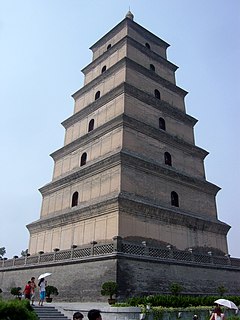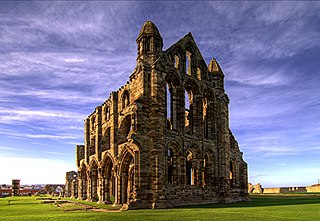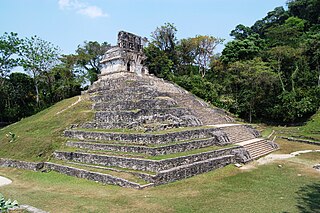The 630s decade ran from January 1, 630, to December 31, 639.
The 640s decade ran from January 1, 640, to December 31, 649.
The 650s decade ran from January 1, 650, to December 31, 659.
The 660s decade ran from January 1, 660, to December 31, 669.
The 670s decade ran from January 1, 670, to December 31, 679.

Year 740 (DCCXL) was a leap year starting on Friday of the Julian calendar, the 740th year of the Common Era (CE) and Anno Domini (AD) designations, the 740th year of the 1st millennium, the 40th year of the 8th century, and the 1st year of the 740s decade. The denomination 740 for this year has been used since the early medieval period, when the Anno Domini calendar era became the prevalent method in Europe for naming years.

Year 652 (DCLII) was a leap year starting on Sunday of the Julian calendar. The denomination 652 for this year has been used since the early medieval period, when the Anno Domini calendar era became the prevalent method in Europe for naming years.

Year 701 (DCCI) was a common year starting on Saturday of the Julian calendar. The denomination 701 for this year has been used since the early medieval period, when the Anno Domini calendar era became the prevalent method in Europe for naming years.

Year 683 (DCLXXXIII) was a common year starting on Thursday of the Julian calendar. The denomination 683 for this year has been used since the early medieval period, when the Anno Domini calendar era became the prevalent method in Europe for naming years.

700 (DCC) was a leap year starting on Thursday of the Julian calendar, the 700th year of the Common Era (CE) and Anno Domini (AD) designations, the 700th year of the 1st millennium, the 100th and last year of the 7th century, and the 1st year of the 700s decade. As of the start of 700, the Gregorian calendar was 3 days ahead of the Julian calendar, which was the dominant calendar of the time.

Year 642 (DCXLII) was a common year starting on Tuesday of the Julian calendar. The denomination 642 for this year has been used since the early medieval period, when the Anno Domini calendar era became the prevalent method in Europe for naming years.

Year 612 (DCXII) was a leap year starting on Saturday of the Julian calendar. The denomination 612 for this year has been used since the early medieval period, when the Anno Domini calendar era became the prevalent method in Europe for naming years.

Year 616 (DCXVI) was a leap year starting on Thursday of the Julian calendar. The denomination 616 for this year has been used since the early medieval period, when the Anno Domini calendar era became the prevalent method in Europe for naming years.

Year 656 (DCLVI) was a leap year starting on Friday of the Julian calendar. The denomination 656 for this year has been used since the early medieval period, when the Anno Domini calendar era became the prevalent method in Europe for naming years.

Year 682 (DCLXXXII) was a common year starting on Wednesday of the Julian calendar. The denomination 682 for this year has been used since the early medieval period, when the Anno Domini calendar era became the prevalent method in Europe for naming years.

Year 664 (DCLXIV) was a leap year starting on Monday of the Julian calendar. The denomination 664 for this year has been used since the early medieval period, when the Anno Domini calendar era became the prevalent method in Europe for naming years.

Year 674 (DCLXXIV) was a common year starting on Sunday of the Julian calendar. The denomination 674 for this year has been used since the early medieval period, when the Anno Domini calendar era became the prevalent method in Europe for naming years.

Year 692 (DCXCII) was a leap year starting on Monday of the Julian calendar. The denomination 692 for this year has been used since the early medieval period, when the Anno Domini calendar era became the prevalent method in Europe for naming years.
Geom Mojam (?-670) was the military leader of a short-lived movement to restore Goguryeo after its fall to Silla in the later 7th century CE. After the kingdom fell to Tang and Silla in 668, he kindled an opposition movement in the Taedong River valley and in 670 established Anseung as the new King of Goguryeo. Anseung is believed to have been the illegitimate son of King Bojang, the last ruler of that kingdom. The capital was set up in modern-day Chaeryŏng-gun, South Hwanghae, North Korea. The rebellion is briefly described in the Samguk Sagi, Goguryeo Book 10.
Anseung, alternately Ansun, was thought to be either the nephew or illegitimate son of King Bojang of Goguryeo, the last King of Goguryeo. He was named the new King of Goguryeo by general Geom Mojam, but later he murdered Geom and submitted to the Korean kingdom of Silla, taking up residence in the Silla capital of Gyeongju.













